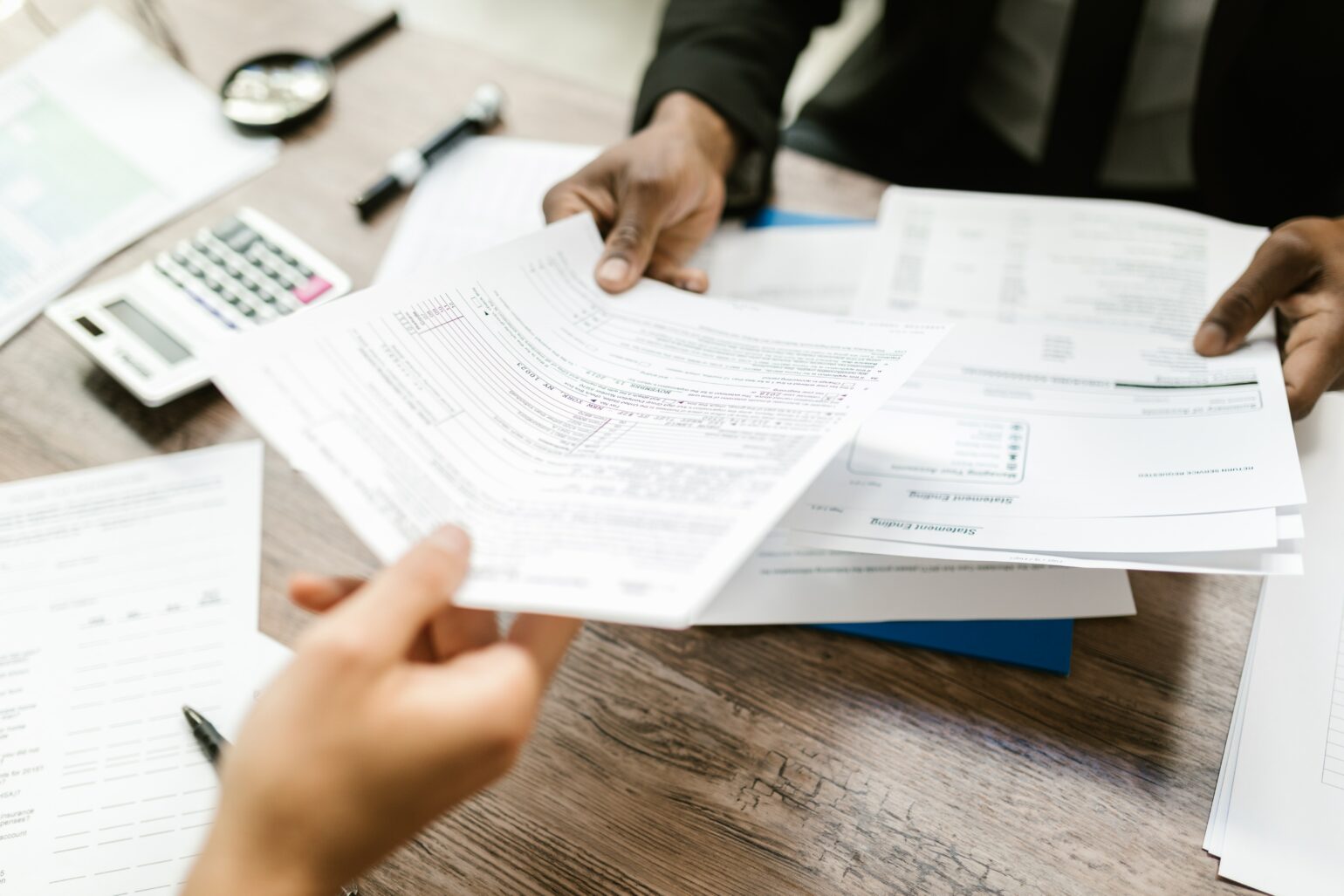
How are dividends taxed? Which figures are important for the tax return of an SME? How can entrepreneurs save taxes? In this blog post, you will learn what you need to consider when filing your tax return and which documents are helpful or necessary for your company’s tax return.
1. Meet deadlines
When you have to file your company tax return varies from Canton to Canton. If you cannot meet the deadline and you know this in advance, you can apply for an extension of the deadline. In most cantons, the first extension of the deadline is free of charge, while fees may be charged for the second. If you do not apply for an extension of the deadline and do not submit your tax return on time, the tax administration will send you a reminder with a final deadline of 10 to 30 days. This reminder is often subject to a fee. If you also miss the new deadline, you will face an official discretionary assessment.
Reading Tip: In this blog post, we have summarised the most important accounting deadlines for you.
2. Wages or dividends – which is more profitable for you and your company?
Entrepreneurs (who actively work in their company) can be compensated for working time and entrepreneurial risk. This compensation takes the form of wages or dividend distributions. To optimise your tax burden, you should consider the following two options:
- Should I pay myself a salary above the market average and in return pay a low dividend or no dividend at all?
- Should I pay myself a lower salary and a high dividend?
A high salary and low or no dividend leads to high-income taxes for you as an entrepreneur, high non-wage labour costs and lower profit taxes for the company. A lower (but still marketable) salary and high dividends, on the other hand, mean low-income taxes for you, lower non-wage labour costs but high-profit taxes for your company and additional taxes as a result of dividend income (e.g., withholding tax).
Do you want to know how your company can maximise earnings and save taxes with the right wage/dividend ratio? At Accounto you can find fiduciary experts for free.
3. Make sure the accounts are kept correctly
Even companies that are not obliged to prepare accounts in accordance with the Swiss Code of Obligations (income statement or financial statements) should record their business figures as efficiently as possible. Always keeping up-to-date and accurate accounts makes it easier to fill in the tax return. Fully automated accounting tools extract the most influential figures from invoices, bank statements, pay slips and other documents relevant to your business and store them securely. This way you already have the most influential figures for the tax return ready.
4. Optimise your company’s annual accounts
Before filling in your tax return, make sure that your annual accounts are correct. Are all the necessary figures and documents available? Have you considered all the deductions allowed? Can you copy goods? For example, if your company has obsolete and unsaleable products in stock, be sure to write them off properly. In Switzerland, entrepreneurs can write off up to one-third of their goods. This is also called the “goods third.” The best thing to do is to find out from the canton how to properly depreciate your camp or consult a fiduciary professional.
Value adjustments on your accounts receivable also help to reduce the tax burden. In most cantons, you can make a flat-rate unmanageable debt of at least 5 per cent. The “Bad debt” account is a value adjustment account for estimated payment defaults. “The tax authorities officially grant an unmanageable debt of a flat rate of 5 per cent of the debtor’s balance (open invoices) for domestic debtors. For foreign debtors, the figure is 10 per cent. In practice, however, most cantonal tax authorities accept 10 per cent on the total debtor balance,” writes the SME portal of the Swiss Confederation.
Reading Tip: In this blog post, you will find tips on how SMEs can save on taxes.
5. Prepare now for the next tax return
In order to save time – and in the best-case scenario, money – on your next tax return, you should start collecting receipts and figures now. As described above, fully automated accounting systems allow you to access the most influential figures at any time.
Would you like to learn how you can do your bookkeeping in just a few minutes a week and easily extract all the influential figures for your tax return? Book here a free demo of the Swiss accounting solution Accounto.
Checklist: SMEs need these documents for their tax return
Here you will find a list of documents and receipts that can help you with your tax return and help you and your business save tax.
- (optimised) Annual financial statements
- Salary statements for all employees
- Overview of dividends received by you as an entrepreneur and distributed by the company
- The total amount of all expenses received and paid
- VAT accounts
- Receipts for major purchases
- The total value of goods including depreciation
- Bank statements of all company accounts
- Rental agreement
Build reserves and cushion risks
Entrepreneurs should build up reserves to avert future risks and avoid payment difficulties. The most common risks include warranty claims, product liability, major repairs and maintenance, litigation risks or exchange rates. Many companies also set up provisions for subsequent claims for profit tax, VAT or AHV that arise due to an underestimation of profit, turnover or salary.
Attention: Just like deadlines for the tax return and write-offs to optimise the annual financial statement, provisions are also regulated differently from Canton to Canton. Find out more about this from the tax authorities in your canton or find a fiduciary professional free of charge here who can help your company with its tax return.




